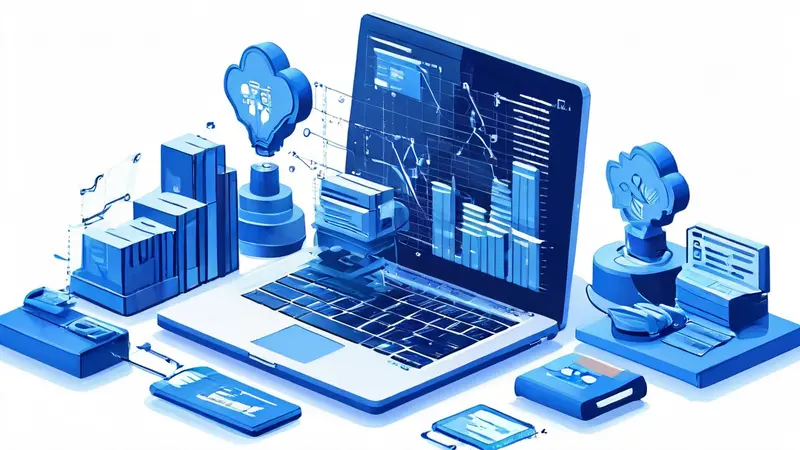The editor of Downcodes will take you to understand all aspects of hardware development! This article will detail the three main aspects of hardware development: design, testing, and manufacturing, and answer some frequently asked questions. From the design principles of electronic devices to quality control in the production process, the editor of Downcodes will present you with a comprehensive overview of hardware development, giving you a deeper understanding of this field full of challenges and opportunities. Whether it is circuit design, embedded systems or production processes, we will explain it to you one by one.

Hardware development mainly involves the design, testing and manufacturing of electronic equipment, including the development of circuit boards, processors, memory, network interfaces, power systems, etc. Hardware developers need to be familiar with knowledge in electrical engineering, computer science, physics and other fields, and also need to have the ability to solve practical problems, including circuit design, power management, digital signal processing, embedded system design, etc.
1. Design of electronic equipment
The design of electronic devices is the core part of hardware development. Hardware developers need to design electronic devices that meet functional requirements, performance indicators, power consumption limitations, size requirements and many other factors based on product requirements. This requires a deep understanding of various areas of electronic engineering, including digital circuits, analog circuits, power supply design, signal processing, etc. At the same time, you also need to master relevant design tools, such as circuit simulation software, PCB design software, etc.
In the design process of electronic equipment, hardware developers need to conduct detailed circuit design, including selecting appropriate electronic components, determining the topology of the circuit, calculating circuit parameters, etc. After designing the preliminary circuit diagram, circuit simulation needs to be performed to verify whether the performance of the circuit meets the requirements. Then carry out PCB design according to the circuit diagram, including layout and routing, generating board making files, etc.
2. Testing of electronic equipment
Testing of electronic equipment is an important part of hardware development. Hardware developers need to conduct various performance tests on the designed electronic devices to verify whether they meet the design requirements. This includes power supply performance testing, signal processing performance testing, temperature performance testing, electromagnetic compatibility testing, etc.
During the testing process of electronic equipment, hardware developers need to build a test environment, write test programs, and collect and analyze test data. For problems that arise during testing, problem location and resolution need to be performed. This requires a deep understanding of how electronic devices work, as well as mastering relevant testing tools and techniques.
3. Manufacturing of electronic equipment
Manufacturing of electronic devices is the final step in hardware development. Hardware developers need to produce electronic devices based on design documents. This includes circuit board manufacturing, component soldering, equipment assembly and debugging, etc.
In the manufacturing process of electronic equipment, hardware developers need to focus on the selection and optimization of production processes to improve product manufacturing efficiency and quality. At the same time, production process monitoring and quality control are also required to ensure product stability and reliability.
In short, hardware development is a comprehensive work involving multiple fields such as electronic engineering, computer science, physics, etc., and requires strong professional knowledge and practical ability.
1. What does hardware development do? Hardware development refers to the process of designing and manufacturing various electronic devices and circuit boards. These devices can include computers, mobile phones, home appliances, automobiles and other consumer electronics products. Hardware development engineers are responsible for designing and developing circuit boards for hardware products, circuit design, and working with software development teams to ensure a good fit between hardware and software.
2. What is the importance of hardware development? The importance of hardware development cannot be underestimated. In the development of modern science and technology, hardware is the basis of software. Good hardware design can improve product performance, reliability and user experience. Hardware development can also promote technological progress and innovation, helping us achieve smarter and more efficient ways of living and working.
3. What are the steps of hardware development? Hardware development usually includes the following steps: requirements analysis, circuit design, prototyping, testing and verification, and mass production. During the requirements analysis phase, the team will communicate with customers to determine the product's functional and performance requirements. Engineers then design the circuit, select appropriate components, and draw circuit diagrams. Next, prototypes are built and tested and verified to ensure the product meets the design requirements. Finally, if the prototype test is successful, mass production can be carried out to bring the product to the market.
I hope this article by the editor of Downcodes can help you better understand hardware development! For more exciting content, please pay attention to Downcodes!